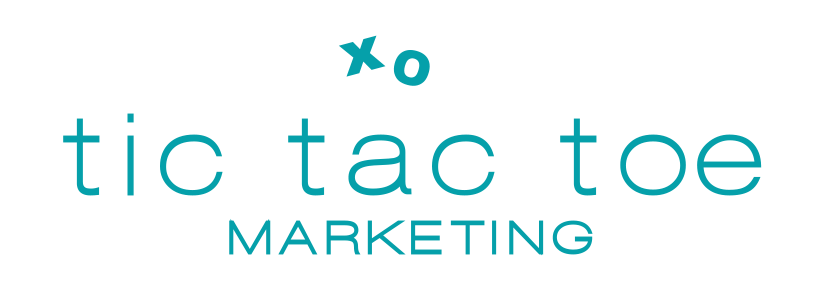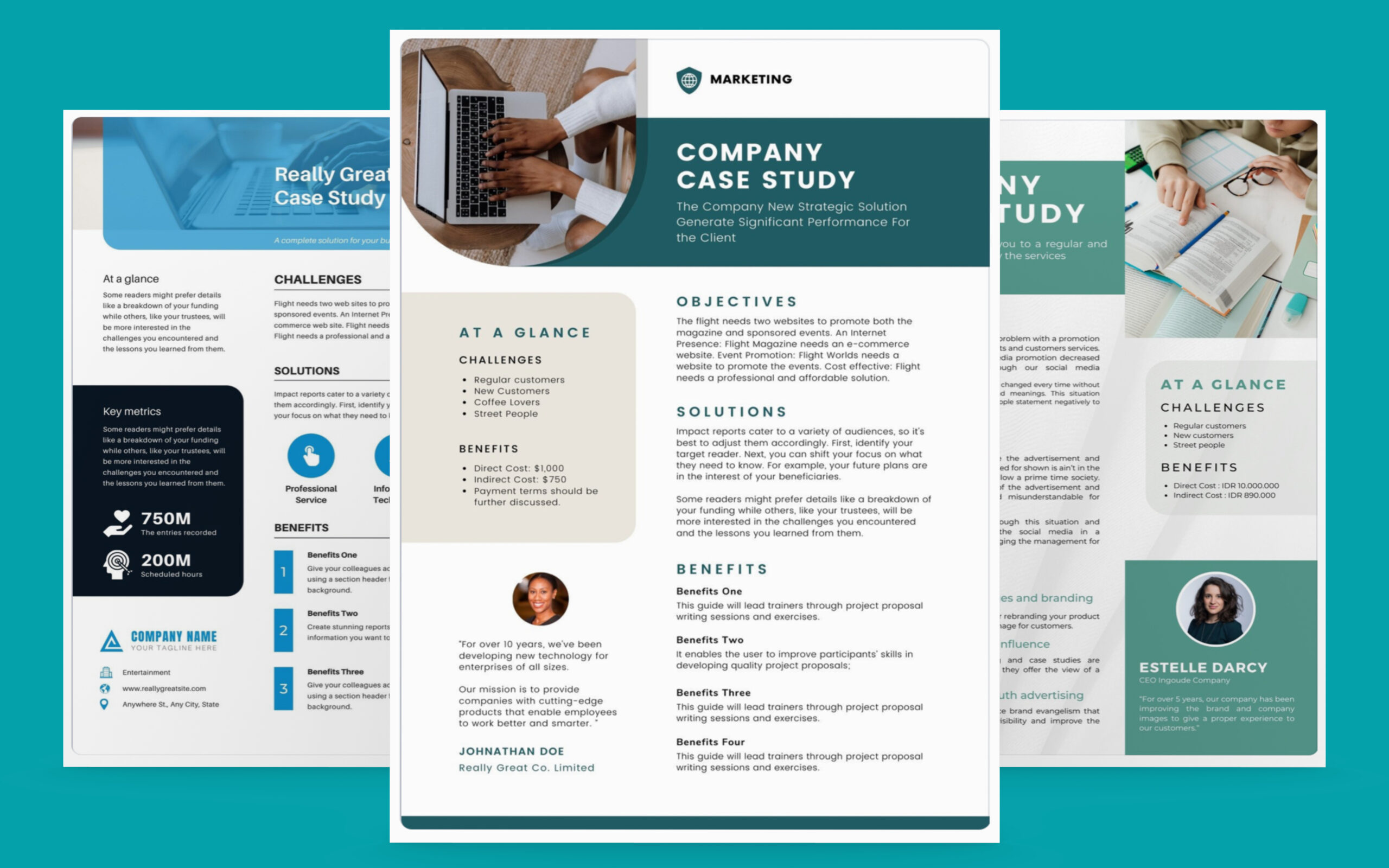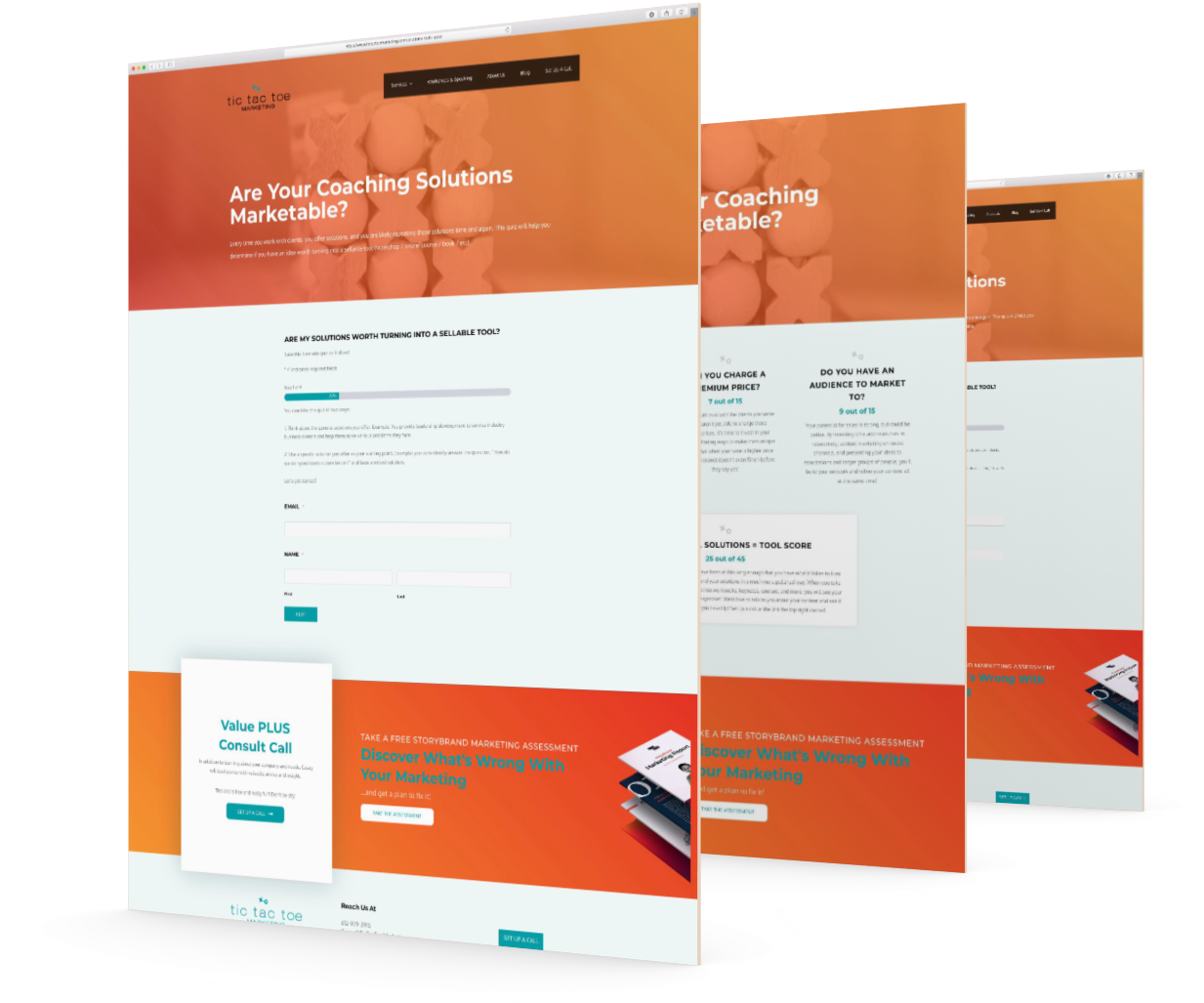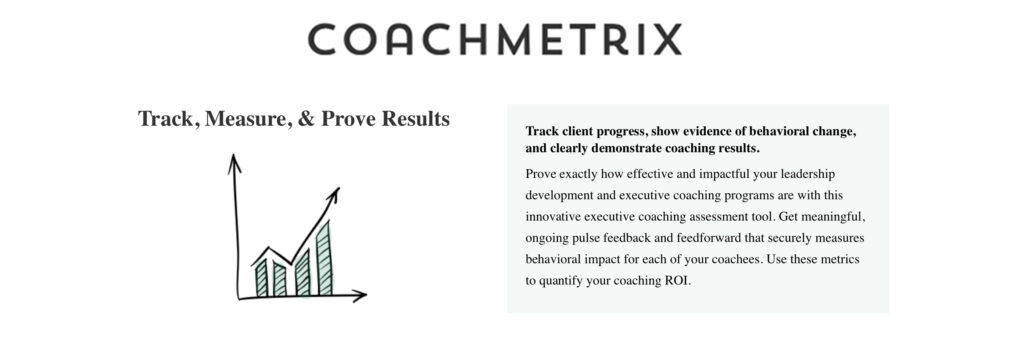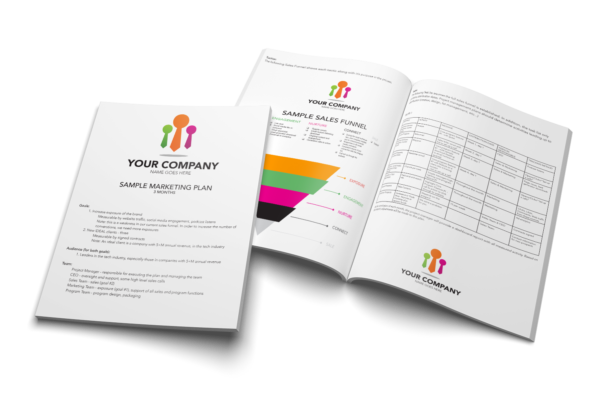In today’s competitive landscape, coaches and consultants must demonstrate their expertise and showcase their value to clients. One powerful tool that can help achieve this is a well-crafted case study. A case study allows professionals in these fields to highlight their success stories, outline their methodologies, and present tangible results. This article will explore the essential components of a compelling case study for coaches and consultants, discuss design considerations, measure and report impact, and provide examples of a great coach or consultant case studies.
Components of a Compelling Case Study
Introduction
Begin with a concise introduction that overviews the client’s challenge or objective. Clearly state the purpose of the case study and set the context for the reader.
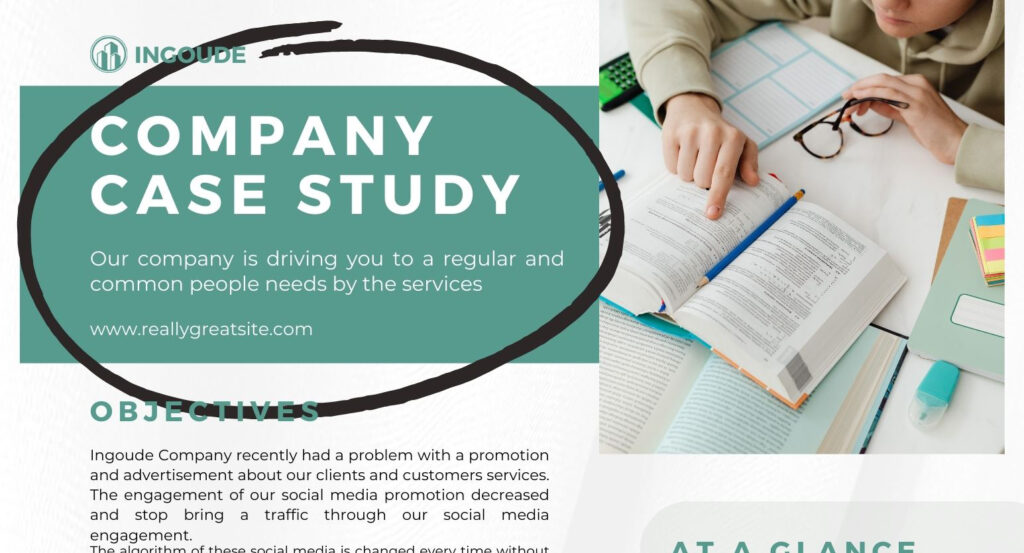
Client Background or Problem
Provide relevant background information about the client, including their industry, size, and specific challenges. This helps the reader understand the client’s unique situation and the context of the coaching or consulting intervention.
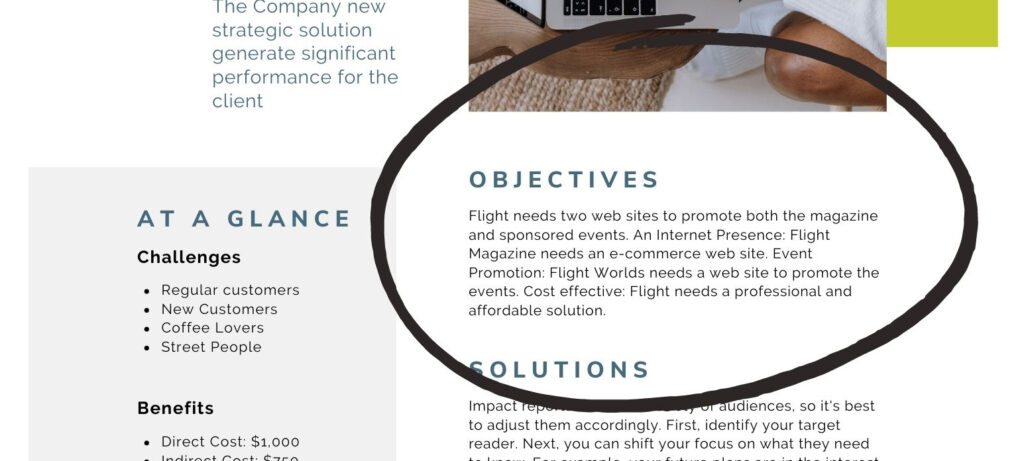
Methodology or Solution
Describe the approach taken to address the client’s challenges. This section should outline the steps, tools, and techniques to achieve the desired outcomes. Did the solution include case interviews, individual coaching for leaders, group coaching, specific training, new tools, and resources, etc…? Bonus if the solution includes your proprietary tools. It is essential to highlight the expertise and strategies employed to give the candidates a sense of the professional’s capabilities.
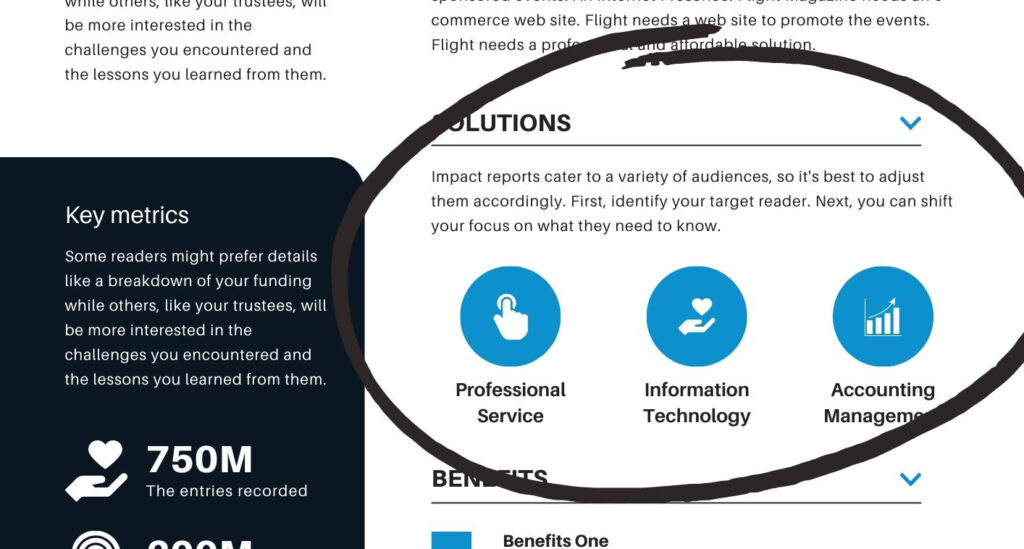
Implementation
Detail the implementation process, including the timeline and milestones. You could also include obstacles you encountered that altered the path you initially laid out for the client. Discuss how you worked with the client’s team and how they managed to overcome challenges. This demonstrates the professional’s ability to navigate complex situations.
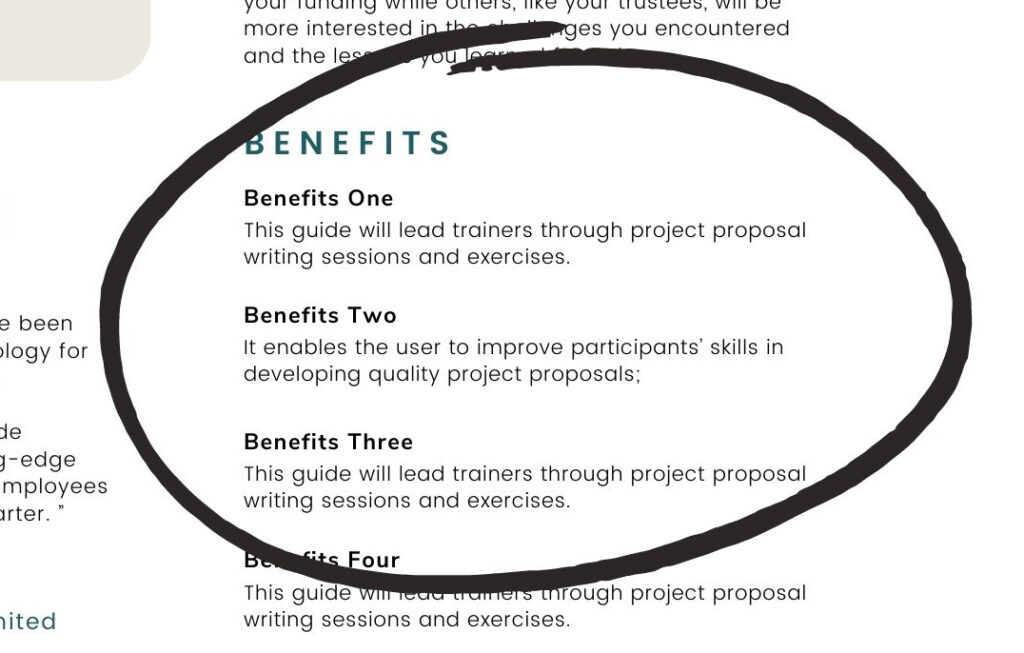
Results
Present the outcomes achieved through the coaching or consulting intervention. Use data, metrics, and specific examples to illustrate the impact of the work. Include both qualitative and quantitative results to provide a comprehensive view of the success achieved. If you don’t have or can’t share quantitative results, include a testimonial quote and story from the client to illustrate success for the business, leader, or team members.
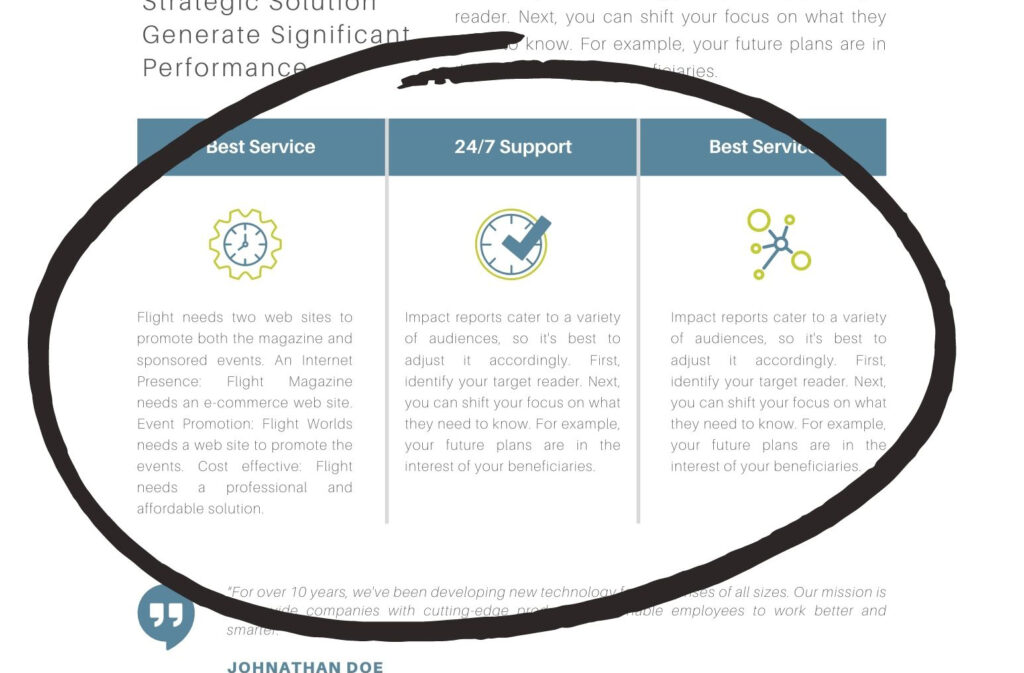
Testimonials
Incorporate testimonials or quotes from the client to add credibility and authenticity to the case study. You can interview the client and ask questions to get a testimonial, or you can ask them to provide one. These can highlight the client’s satisfaction, the value they derived from the coaching or consulting services, and their overall experience working with the professional.

Design Considerations
Storytelling
When you use the elements above and pay close attention to how you describe each stage of the process, you craft an easy-to-follow narrative that engages the reader and maintains their interest throughout the case study. Use a storytelling approach to captivate the audience and make the content relatable. Doing this well allows the reader to see themselves in the story and imagine what it might look like for them to also work with you.
Visual Elements
Include visual elements such as charts, graphs, and images to enhance the readability and impact of the case study. Visual representations of data and before-and-after scenarios can make complex information more digestible for the reader.
Don’t be afraid to use design software to create attractive case studies. Canva is a fantastic tool for non-designers. NOTE: This article’s images are from Canva’s template library. Just search for “case studies”
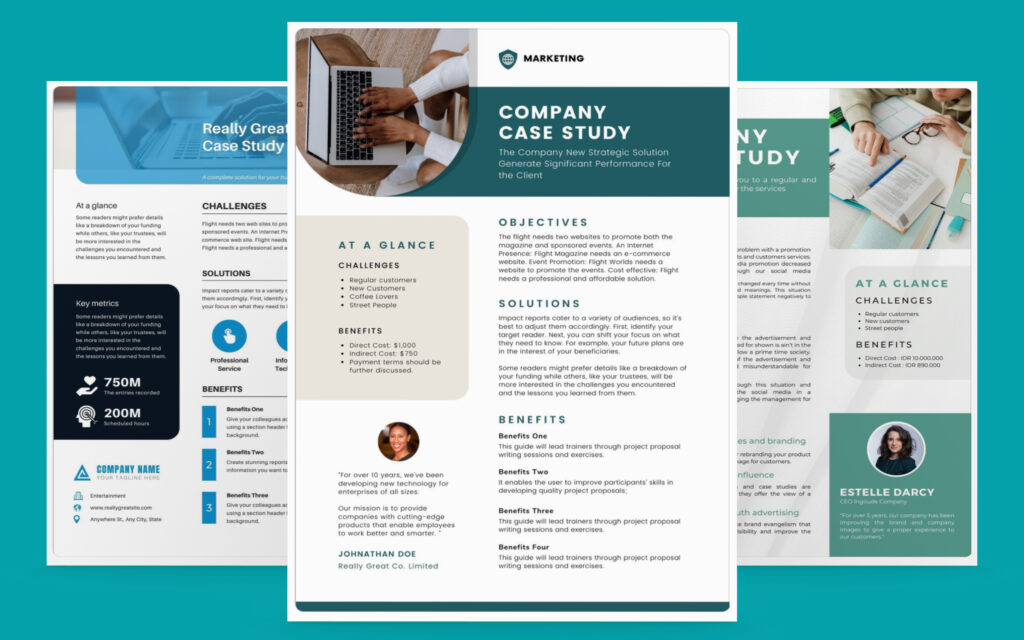
Length and Structure
Keep the case study concise and focused, typically between 1,000 and 2,000 words or 1-3 pages. Divide the content into logical sections with headings and subheadings to facilitate easy navigation. Use bullet points or numbered lists to highlight key takeaways.
